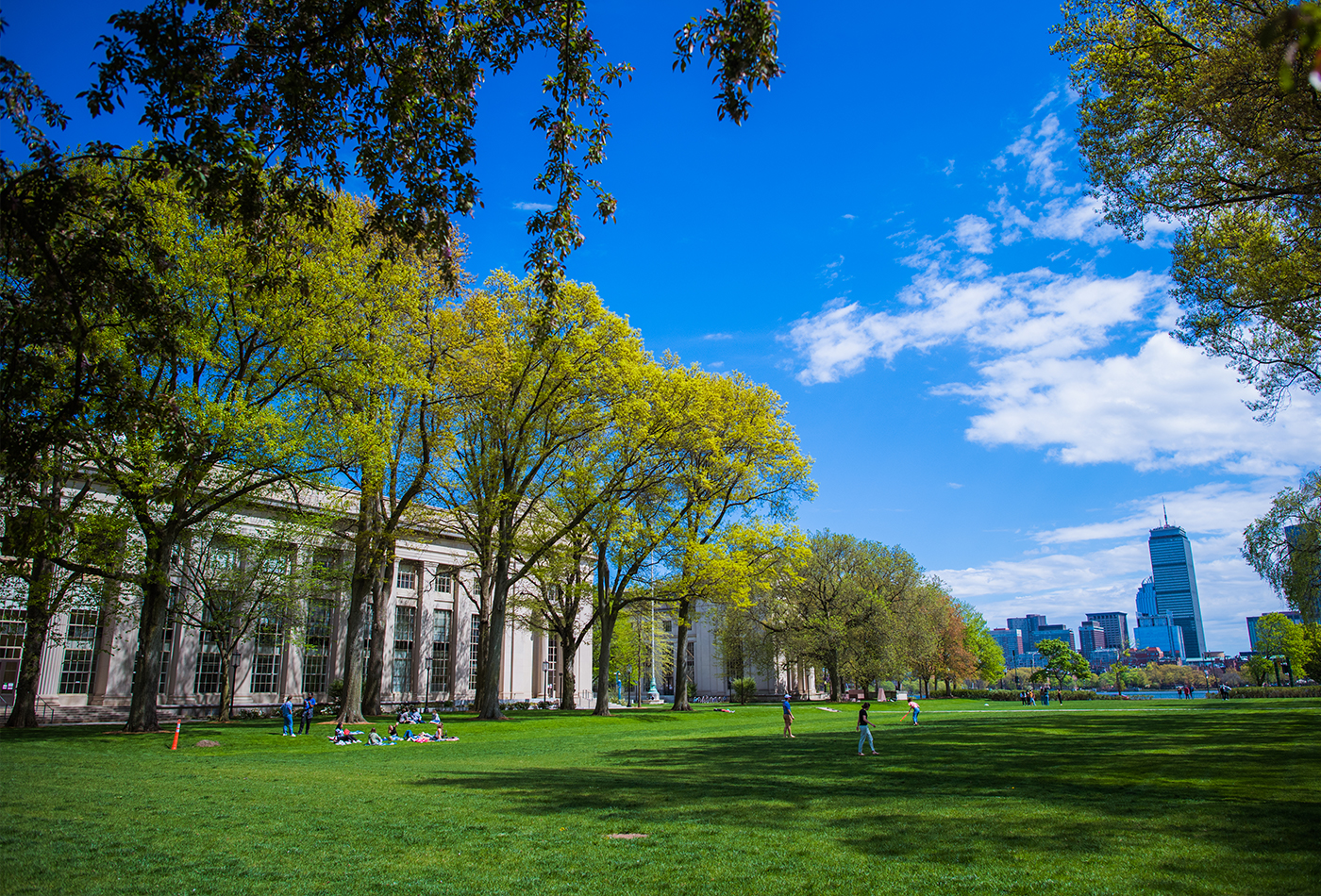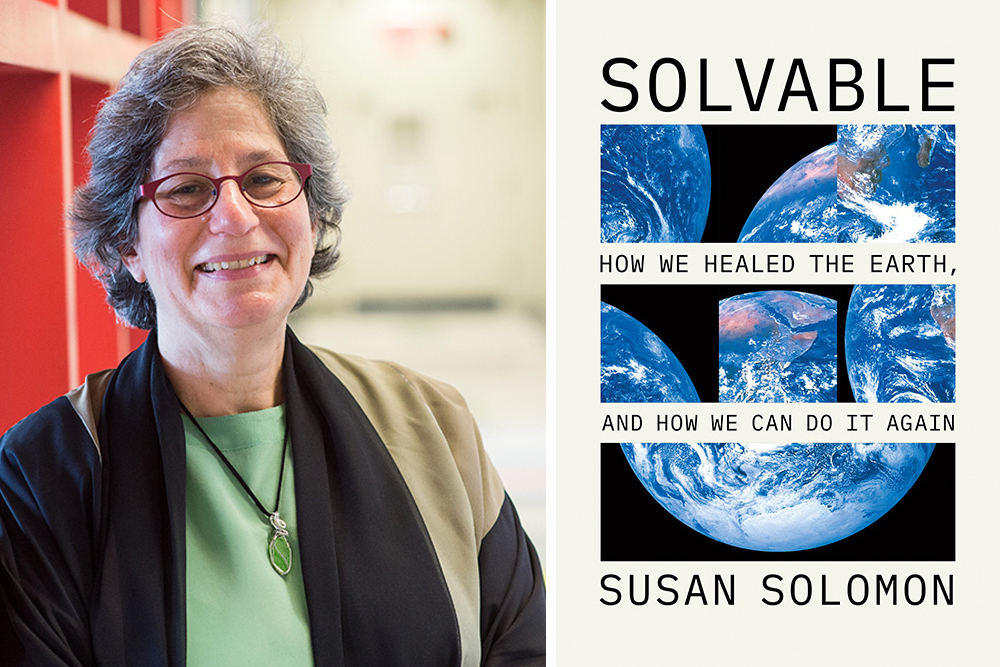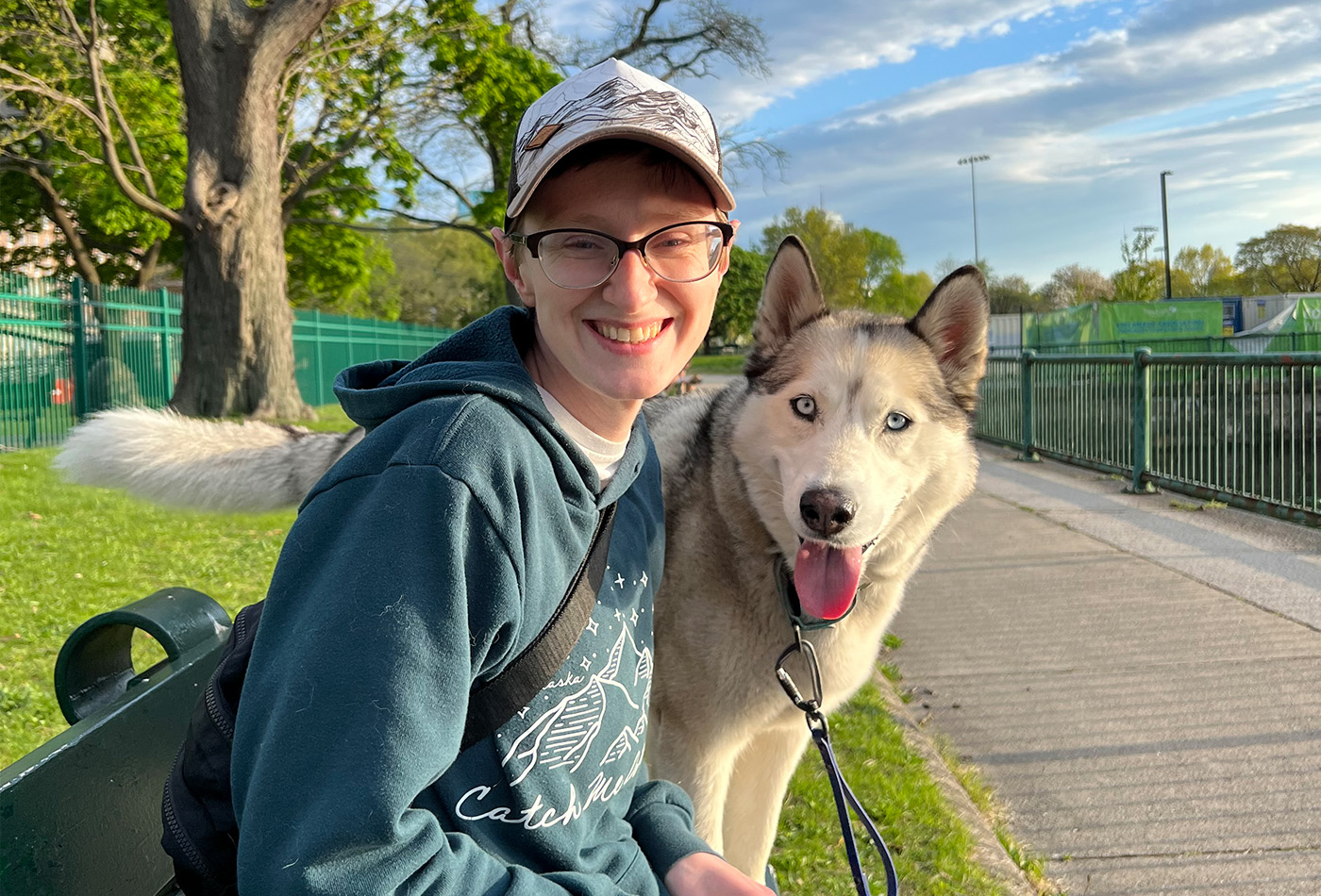Creating Bonds with Chemistry Program to Expand in 2023
Looking toward its third year, the program endeavors to create enduring relationships between MIT Chemistry Faculty and students at minority-serving institution
The Creating Bonds with Chemistry Program, which endeavors to create enduring relationships between MIT Chemistry Faculty and students at minority-serving institutions, completed its second year in the Summer of 2022 and has plans to grow. The program has successfully forged a relationship with Spelman College (a Historically Black College for Women), and Kean University. Looking toward the future, Department of Chemistry is excited to announce that in 2023, thanks to sponsorship from Professor Timothy Manning Swager, the program will expand to include the Chemistry Department of Fort Lewis College in Durango, Colorado.
Fort Lewis College, in accordance with its historical charter, offers Native American Students a tuition/fee-free education. It is a minority-serving institution with a student body population that includes 59% students of color, 40% of students being Pell Grant eligible, 64% women, and 33% identifying as 1st generation college students. Approximately 50% of their nearly 4,000 students are Native Americans (the highest percentage of any American College or University). Despite its small size, Fort Lewis College awards 20% of the Bachelor’s Degrees to Native American Students nationally. Fort Lewis College’s Department of Chemistry offers an ACS Accredited Bachelor’s Degree, and 27% of their chemistry graduates over the last 5 years have progressed to attend graduate school.
This past summer, the Department of Chemistry had four Chemical Bonding Fellows conducting research on campus:
Ekua Beneman
Ekua Beneman, a member of Professor Michelle Gaines’ research group at Spelman College, spent the summers of 2021 and 2022 in the Creating Bonds with Chemistry program at MIT. Both summers were spent working on a project on polymerizing fewer toxic materials for drug delivery using catalytic living ROMP (Ring Opening Metathesis Polymerization). Ekua intends to earn her PhD, and plans to apply to MIT’s PhD program. Professor Gaines credits the Creating Bonds with Chemistry Program with exposing her students to polymer chemistry, which is an area not currently offered at Spelman.
Florencia Burian
Florencia Burian, a member of Professor Matthew Niepielko’s research group at Kean University, a Minority Serving Institution public institution in New Jersey with a student body that is approximately 30% Hispanic and 20% Black, spent her time in the program under joint advisement with Professor Alex Shalek. Florencia’s work is focused on developing a platform for introducing genetic perturbations into cancer cells in vitro to screen for genes that influence cancer cell state. Using CRISPRi and pooled guides, Flo has been knocking-down multiple transcription factors in parallel in different cells within the same culture and then examining the impact with single-cell RNA-seq to functionally link genetic events to cancer cell state determination. Combined with other ongoing efforts to screen environmental factors for instructive roles in determining cell state, his advisors hope to eventually gain an overall understanding of the interplay between genetics and environment in cancer state determination, leading to new therapies aimed at making the cancer more uniform and targetable.
Ayannah Lang
Ayannah Lang, a member of Professor Mary Van Vleet’s research group at Spelman College,
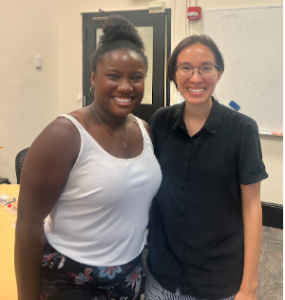
participated as a fellow under collaborative advisement with Professor Adam Willard. This collaboration formally began last year, with visits by Professor Van Vleet to MIT, and Professor Willard visiting Spelman in April 2022. Professors Van Vleet and Willard are both theoretical chemists with a joint interest in understanding the molecular structure of liquid water interfaces using state-of-the-art computer simulations. The goal of Ayannah’s project is to establish a robust method for comparing the molecular structure of water interfaces under different conditions. This task is complicated because water’s interfacial structure cannot be described in terms of single-molecule properties. Ayannah worked on devising strategies for identifying specific configurations of groups of molecules that occur frequently at interfaces but rarely in the bulk. Studying these special groups will provide the insight to generalize the approach.
Taylor Talley
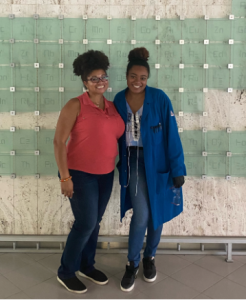
Another member of Professor Michelle Gaines’ research group at Spelman College, Taylor Talley spent the summers of 2021 and 2022 at MIT, where her project involved synthesizing metal organic cages, to eventually create crash sensing polymer materials in cars. Upon completing the Creating Bonds with Chemistry program, Taylor has decided to earn an MD/PhD. She is currently at the NIH working as a Postbaccalaureate Intramural Researcher for the next two years.
During the school year, collaborative research is supported by discretionary gifts from MIT as well as the fellows’ home institutions to continue their research. This program is also enjoying strong support from MIT Chemistry faculty members who have committed additional funding to underwrite the program by paying the salaries of the students. These additional resources are providing a critical leveraging of your donations to create a funding model that will allow for a continuing expansion of an enduring program in the coming years.
Continued support from alumni and friends of the Department of Chemistry allows us to make the multiyear commitments necessary for each fellow and their project. The enthusiasm of the faculty and their augmentation of the program with their research grants and contracts have allowed for the exciting expansion to include Fort Lewis College in 2023 and an expanded focus on promoting Native American Chemistry Students. Donations are necessary to pay for travel, housing, food, and the research funds sent directly to the MSIs to support the projects during the school year. 100% of the funding you have provided is used to directly support the Chemical Bonding Fellows or is given as discretionary gifts to the MSI collaborators home departments. All other expenses including chemicals, materials, and facility charges are supported by the MIT Host Professor’s Research grants. Additionally, our MIT Chemistry faculty members have also been providing salary support of their Chemical Bonding Fellows in order to help sustain and expand the program.

